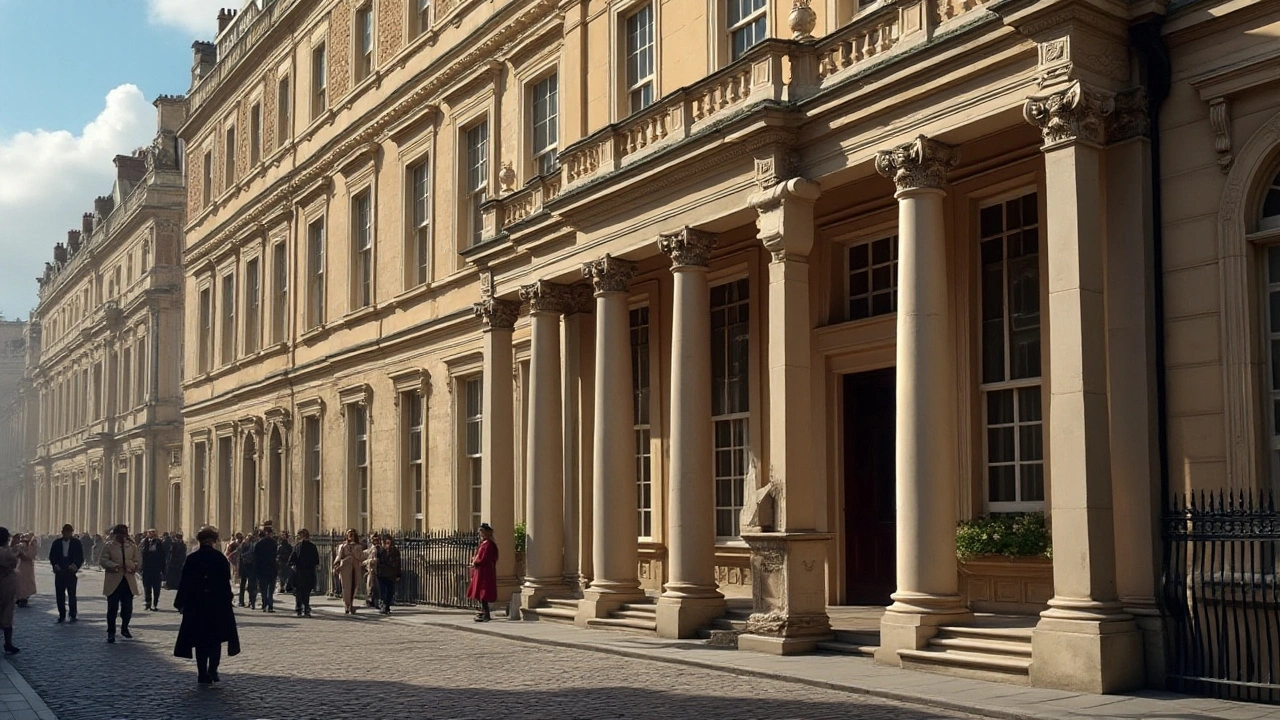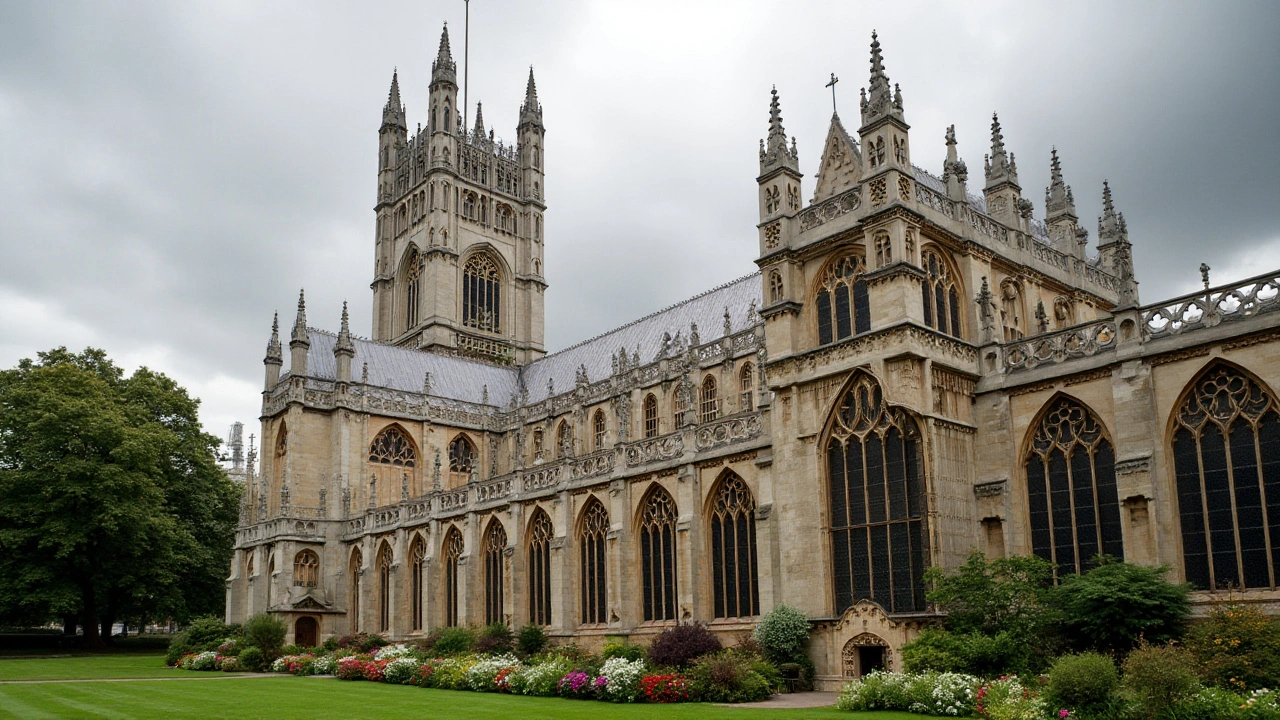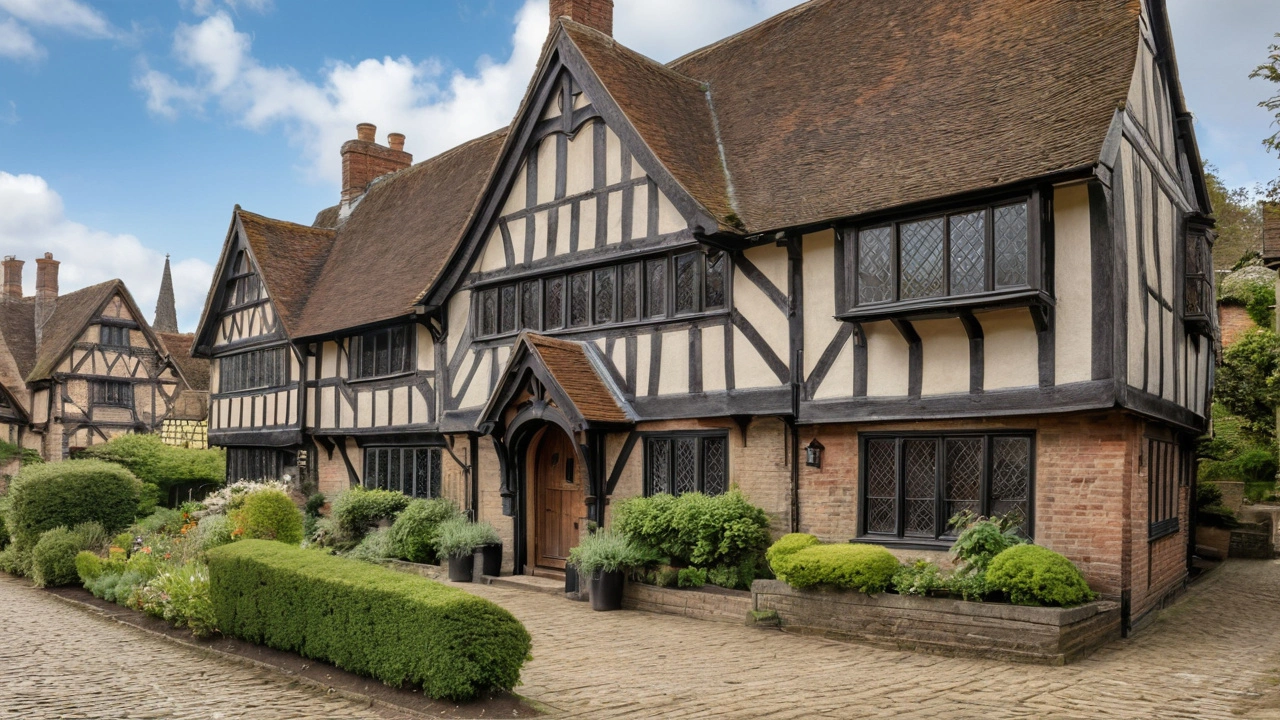Explore how colonial architecture blends history, diverse cultures, and artistry to shape iconic buildings, from imposing facades to subtle local details, across continents.
Historical Buildings: How to Read, Visit, and Protect Them
Some cities still use Roman sewers that are nearly 2,000 years old. Historical buildings are full of clues like that — they show how people lived, what mattered to them, and how design solved real problems. If you love wandering city streets or planning a heritage trip, this guide gives practical ways to spot styles, enjoy sites, and help protect them.
Why focus on details? Because details tell the story. Look at windows, rooflines, and entrances. Sash windows and strict symmetry often point to Georgian design. Tall columns and temple-like fronts signal Greek Revival. Heavy ornament, bold curves, and dramatic light play are signs of Baroque. If you see grand arches, vaults, and concrete vaulting, you might be near Roman techniques or their later revivals. When a building mixes classical details with lush decoration and theatrical scale, think Beaux-Arts.
How to spot key styles
Start with three quick checks: form, materials, and decoration. Form means the building’s overall shape—symmetrical or irregular, flat or domed. Materials include brick, stone, concrete, and glass; each era favors different ones. Decoration covers columns, cornices, moldings, and frescoes. Use your phone camera: take one wide shot for form, one close-up of a detail, and one of the street context. Compare these to online guides or the site’s plaque. Museums and local heritage apps often have short entries that match photos to styles, saving you time.
How to enjoy and protect historical buildings
When visiting, follow simple rules: stay on marked paths, don’t touch fragile surfaces, and respect restricted areas. If you take photos, avoid flash on delicate interiors. For preservation-minded visitors, small actions add up—report damage to local authorities, support community tours, and choose guided visits that fund maintenance. If you own or renovate a historic property, keep documentation before changes, consult a conservation specialist, and use reversible methods where possible.
Want to learn more? Start with local archives and walking tours. Many cities offer free printed maps or apps that explain neighborhood styles in plain language. For quick study, pick one building and research its architect, construction date, and original function. That single deep dive trains your eye faster than skimming many sites.
If you want a quick checklist, jot these down before you go: look for date stones or plaques, note how windows and doors are framed, check the roof profile, and spot any decorative motifs like rosettes or swags. Carry a notebook or use a note app to record impressions and questions. When possible, join a local preservation group or follow museum pages on social media to catch lectures or short video tours. Libraries often hold old maps and photos you won’t find online. Over time, these small habits turn casual visits into a richer understanding of place and time.
Historical buildings are living lessons. They teach engineering, craft, and social history without a textbook. With a few practical checks—look, photograph, research, and respect—you’ll get more from every visit and help keep these places for the next person. Ready to spot your first clue?
Colonial architecture, with its blend of cultural influences and timeless design principles, offers a fascinating journey into the past. Uncover the secrets of its enduring appeal, learn tips on restoring colonial homes, and discover how to blend traditional charm with modern living. Whether you're an architecture enthusiast or dreaming of a heritage-inspired home, this guide offers useful insights and practical advice.
Georgian architecture, characterized by its symmetry and proportion, offers a fascinating insight into the social hierarchies of its time. This style, predominant from the early 18th to the early 19th century, reflected the wealth and social position of its inhabitants through ornate designs and spatial organization. The grandeur of these buildings, often featuring lavish facades and grand entrances, indicated the rising affluence of the emerging middle class. These architectural marvels not only provide an aesthetic delight but are also key to understanding the societal context of the Georgian era.
Federal architecture, a style that has left a defining mark on the landscape of early America, combines elegance and simplicity. It flourished from the late 18th to mid-19th centuries and reflects the ideals of the young Republic. This article delves into the distinct features, influences, and prominent examples of this architectural style that echo the nation's rich history. Readers will discover tips for identifying Federal structures and learn about the iconic buildings that showcase this unique aesthetic.
Georgian architecture, a style that flourished from the early 18th to the early 19th century, is renowned for its elegance and symmetry. Its roots are deeply embedded in the classical architecture of ancient Rome and Greece, marrying beauty with practicality. Picture-perfect Georgian buildings can be found strewn across the United Kingdom and other parts of the world, showcasing signature features like sash windows, decorative cornices, and proportional design. This article delves into the history, characteristics, and lasting appeal of Georgian architecture.
Byzantine architecture stands as a magnificent testament to human creativity and devotion, featuring ornate designs, grand domes, and intricate mosaics. This article delves into the key elements, historical significance, and evolution of this distinctive architectural style. Discover how Byzantine structures have influenced modern architecture and the ways these ancient marvels continue to dazzle visitors today.
Gothic Revival Architecture is a fascinating blend of medieval design elements and modern aesthetics. This article dives deep into its history, key characteristics, and examples, giving readers insights into what makes this style so distinctive. From soaring spires to intricate stonework, discover the elements that define Gothic Revival. Learn tips on identifying this style in buildings and understanding its cultural significance.
This article delves into the world of Tudor architecture, uncovering its historical roots, key design elements, and enduring charm. Known for its distinctive style that combines both beauty and history, Tudor architecture is characterized by timber-framed structures, steeply pitched roofs, and ornate detailing. Whether you're restoring an old home or simply appreciating historic buildings, understanding Tudor architecture offers a fascinating glimpse into the past.
This article delves into Byzantine Architecture, exploring how it emerged as a confluence of various cultures. It highlights the unique design elements, historical significance, and the cultural influences that shaped this architectural style. Readers will gain insight into the rich history and artistic grandeur of Byzantine structures.
Explore the world of Byzantine architecture, a style marked by its intricate designs and immense influence on later architectural developments. Discover its origins, unique characteristics, and timeless appeal. This article breaks down the fascinating aspects of Byzantine architecture, providing useful insights and practical tips for readers interested in historical architectural styles.









